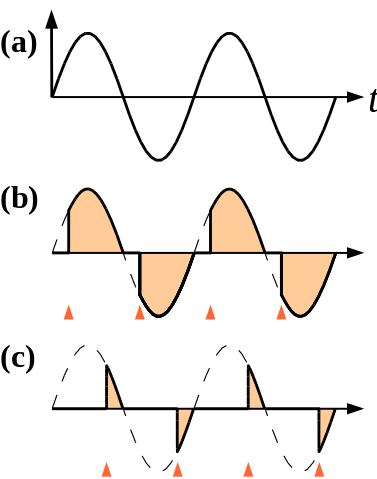can I buy a motor speed control and have it do the same things as a variac?
No.
What are the fundamental differences between the two?
A Variac reduces the voltage without modifying the sinusoidal waveform. A Variac is a variable-ratio autotransformer.
The AC motor controls that provide good motor performance are variable frequency drives (VFD). They simultaneously reduce the voltage and frequency with the voltage generally proportional to frequency. It would be quite difficult to make a VFD reduce the voltage without reducing the frequency. A VFD rectifies the incoming voltage to provide DC. It then uses switching techniques to synthesize an approximation of a sine wave. With an AC motor load, the current is quite sinusoidal. With other loads, results will vary. Since three-phase motors are best for this type of control, nearly all of the many models and brands on the market have three-phase output.
The "motor controller" for which a link is provided in a comment, is almost certainly a triac voltage control. It is more suitable for dimming lights and controlling heaters than it is for controlling motor speed. It would work for controlling a universal motor and to a very limited extent, some types of single-phase induction motors driving a fan or centrifugal pump. The output waveform is shown below for three voltage levels: (A) output voltage nearly equal to input voltage, (B) output slightly lower than input voltage and (C) output voltage much lower than input.

Source: https://commons.wikimedia.org/wiki/File:Phase_control.svg
Alternatives
You will not likely find anything comparable at a reasonable price. You should probably consider more carefully what you really need. You may be able to find an assortment of fixed-ratio transformers that will satisfy some of your needs. For low power, you may be able to use a variable transformer for a toy train. For a higher voltage at an even lower current, you can use a fixed-voltage transformer to step up the output.

